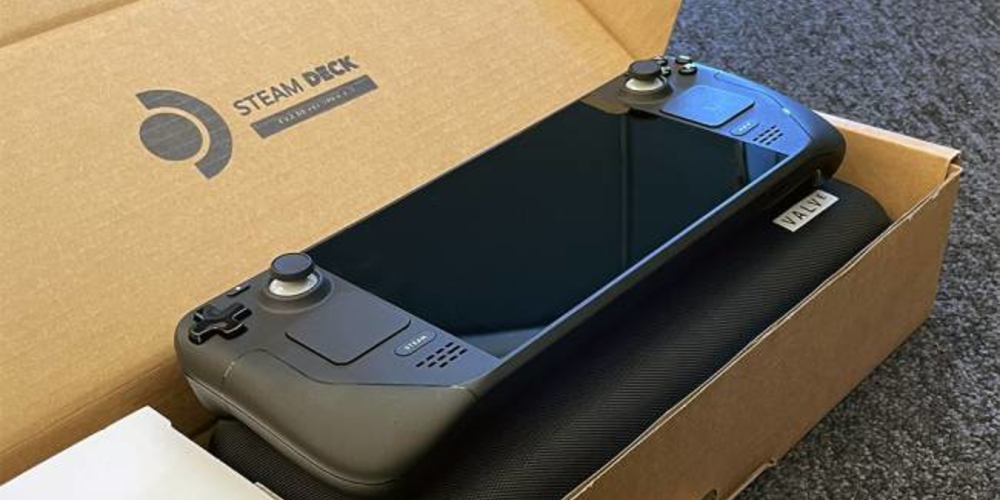Valve's Vision for Steam Deck's Future: Balancing Innovation and Reality
Nov-11-2023

Valve's recent unveiling of the Steam Deck OLED model has stirred the gaming community, offering a glimpse into the company's strategic approach to hardware upgrades and game development. Despite the clamor for a Steam Deck 2.0, Valve has taken a cautious step forward, enhancing the current model with an OLED display and other performance tweaks, while a more significant upgrade remains on the horizon. This move underscores a delicate balance between the desire for innovation and the constraints imposed by current technology.
The Steam Deck OLED's improvements, such as faster RAM and a stable GPU frequency, are commendable, but they don't represent the generational leap that gamers have been anticipating. Valve's engineers have candidly expressed that the technology for a substantial upgrade isn't available yet, emphasizing that a Steam Deck 2.0 would necessitate a significant leap in performance per watt—a leap that the industry might not see for a few more years. This is an honest reflection of the challenges facing hardware developers in the current technological landscape.
Yet, Valve isn't solely focused on hardware. The company is simultaneously nurturing a software ecosystem tailored to the Steam Deck. While no titles have been announced as specifically designed for the Deck's new OLED model, Valve is working on games that will take advantage of the handheld's capabilities. This strategy appears to be a long-term play, with Valve preparing content that will gradually showcase the Steam Deck's prowess, rather than making a splash with exclusive releases at launch.
The Steam Deck OLED, while not a revolution, marks an incremental advance in Valve's vision for portable PC gaming. It's an affirmation of the company's commitment to providing gamers with a high-quality experience, even if groundbreaking innovation must wait. Valve's decision to prioritize refinement over reinvention speaks to a thoughtful approach, one that balances gamers' expectations with the practicalities of technological progress.
In conclusion, Valve's trajectory with the Steam Deck is a lesson in patience and pragmatism. While the dream of a Steam Deck 2.0 remains on the distant horizon, Valve is forging ahead with incremental upgrades and developing games that will enhance the Steam Deck experience. It is a strategy that may not satisfy the most fervent calls for rapid advancement, but it ensures that when the next big leap does occur, it will be built on a solid foundation of experience, user feedback, and technological readiness.








